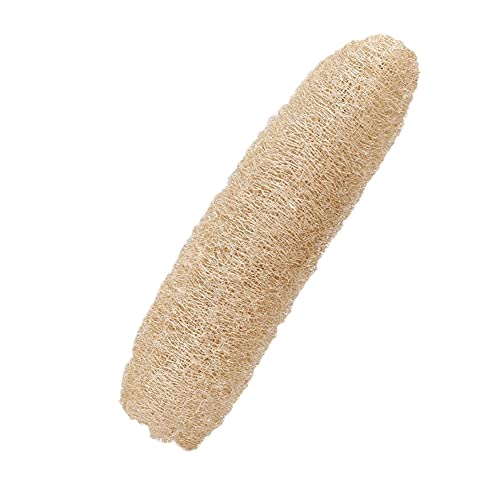Green Pro Clean Ltd
Well-known member
- Messages
- 8,103
- Location
- Nottingham & Derbyshire
When i first started seeking advice on WFP setups some years ago I recall a forum member telling me that the ideal flow rate to ensure a clean window was 1 liter per minute.
Does anyone know if there is an actuall science to the math?
1 liter per min would give a good 8.3 hours of work time off my 500 liter tank. /emoticons/smile.png
Does anyone know if there is an actuall science to the math?
1 liter per min would give a good 8.3 hours of work time off my 500 liter tank. /emoticons/smile.png

























